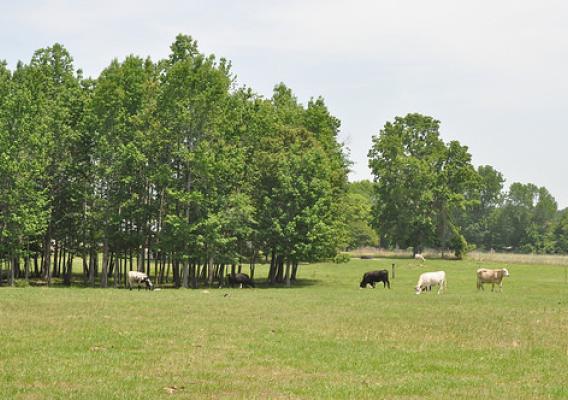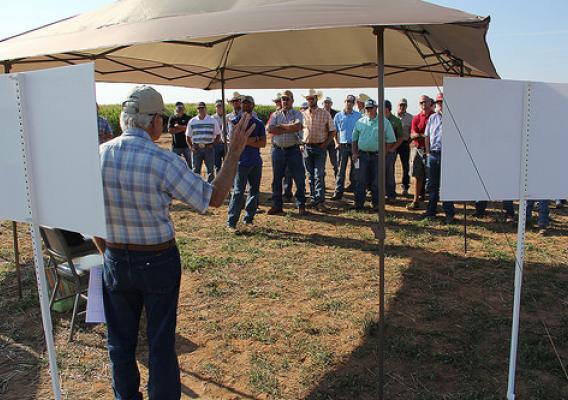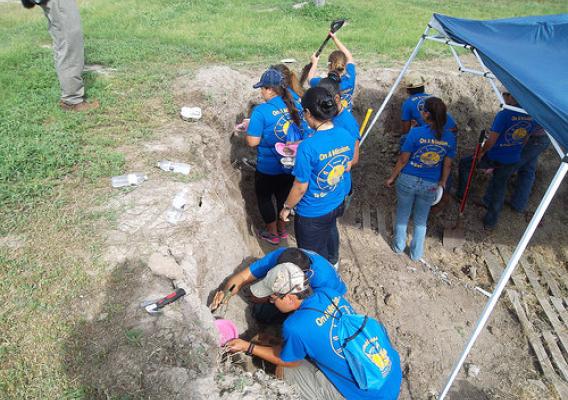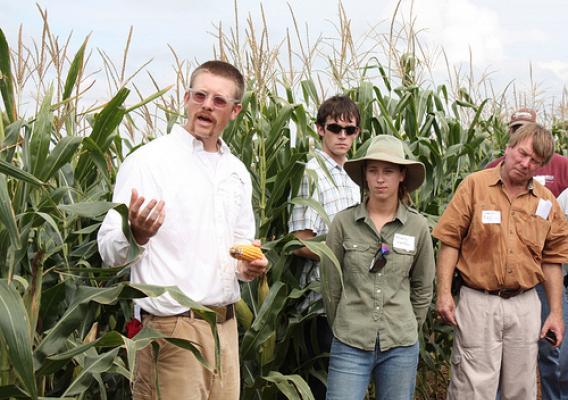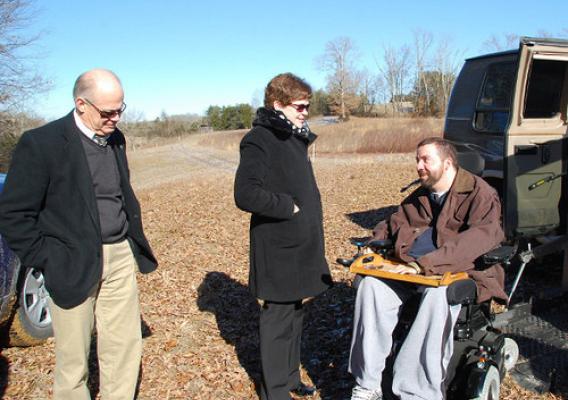NOTE: This week on the USDA Blog, we’ll feature the stories of America’s Harvest Heroes who, like farmers across the nation, are working this harvest season to secure the bounty of healthy food American agriculture is renowned for. From laying the foundation for the next generation of farmers putting down roots in rural America, supporting the fruit and vegetable growers who are helping to build healthier communities, bolstering new markets for the products of agricultural innovation, to harvesting renewable energy that is made in Rural America, with USDA’s support our farmers are yielding strong results for every American Today, we look at a Hero of a different type. Dr. Murray is not necessarily on a tractor, but his import research is helping Southern corn growers realize higher yields when they bring in their harvest.
Dr. Seth Murray grew up in suburban Michigan and, after spending time on his grandfather’s farm, knew from a young age he wanted to work with plants. Today, he conducts corn breeding research at Texas A&M University and recently published findings that could mean big things for the corn producers of Texas and the American Southwest region – a greater harvest of disease-free corn and more food on the tables of consumers.

